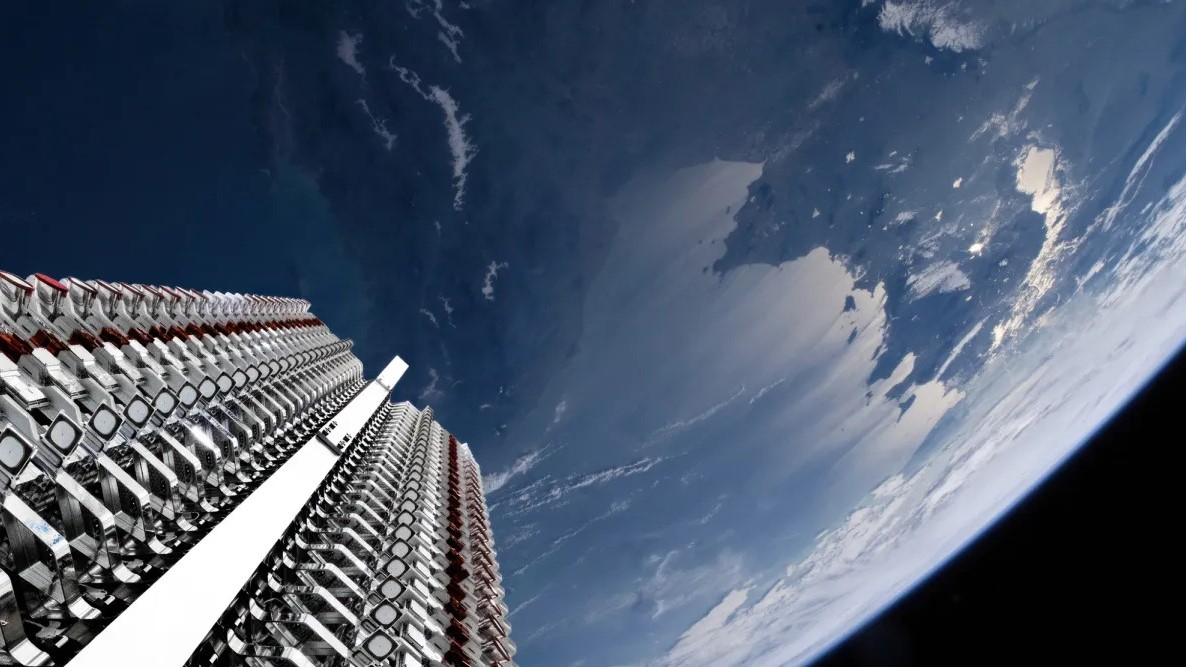
There's no doubt that SpaceX's Starlink internet service has connected the world like never before — but at what cost? Astronomers have long voiced concerns about Starlink's satellite constellation interfering with observations of the universe, and a new survey by Curtin University confirms those fears.
An analysis of 76 million images from a prototype station for the Square Kilometre Array (SKA) radio telescope found Starlink satellite emissions affected up to 30% of images in some datasets; such interference could affect research outcomes that depend on that data. The survey identified more than 112,000 radio emissions from 1,806 Starlink satellites, and found that much of the observed interference is not intentional.
"Some satellites were detected emitting in bands where no signals are supposed to be present at all, such as the 703 satellites we identified at 150.8 MHz, which is meant to be protected for radio astronomy," study lead Dylan Grigg, a Ph.D. candidate at Curtin University, said in a statement.
Grigg noted these unintended emissions might come from onboard electronics. "Because … they're not part of an intentional signal, astronomers can't easily predict them or filter them out," he said.
While the International Telecommunication Union does regulate satellite emissions to protect astronomical observations, current rules "focus on intentional transmissions and do not cover this type of unintended emission," said Steven Tingay, a Curtin professor and executive director of the Curtin Institute of Radio Astronomy.

However, it's not only Starlink satellites that are the problem. The study team's survey focused on Starlink because it currently has the most extensive constellation, with more than 7,000 satellites deployed at the time of the survey, but other satellite networks can "leak" unintended transmissions, too.
"It is important to note that Starlink is not violating current regulations, so is doing nothing wrong. Discussions we have had with SpaceX on the topic have been constructive," said Tingay. "We hope this study adds support for international efforts to update policies that regulate the impact of this technology on radio astronomy research that are currently underway."
The team's research was published in the journal Astronomy & Astrophysics.







